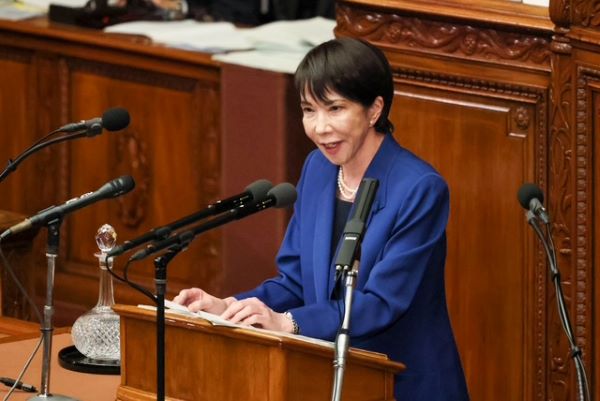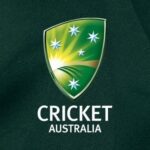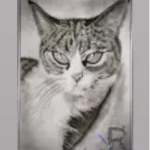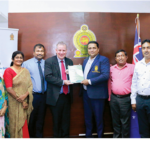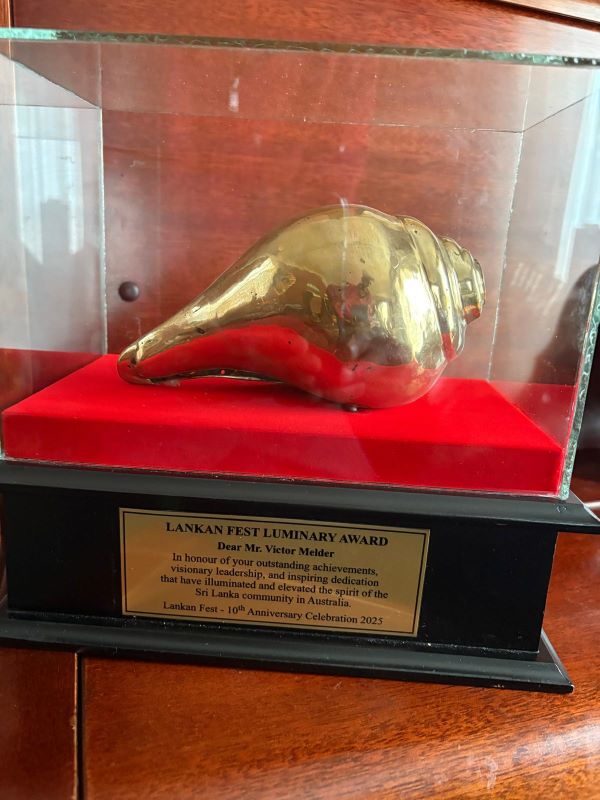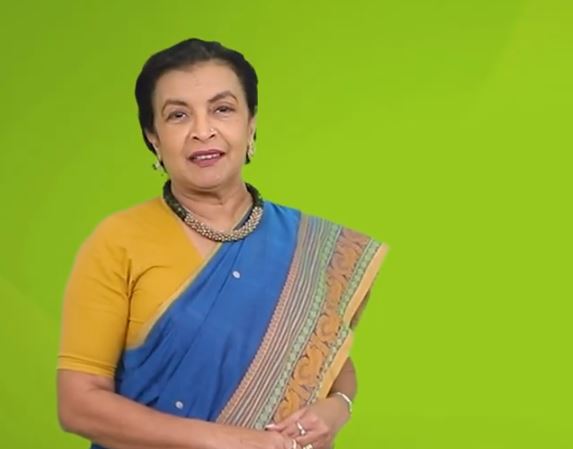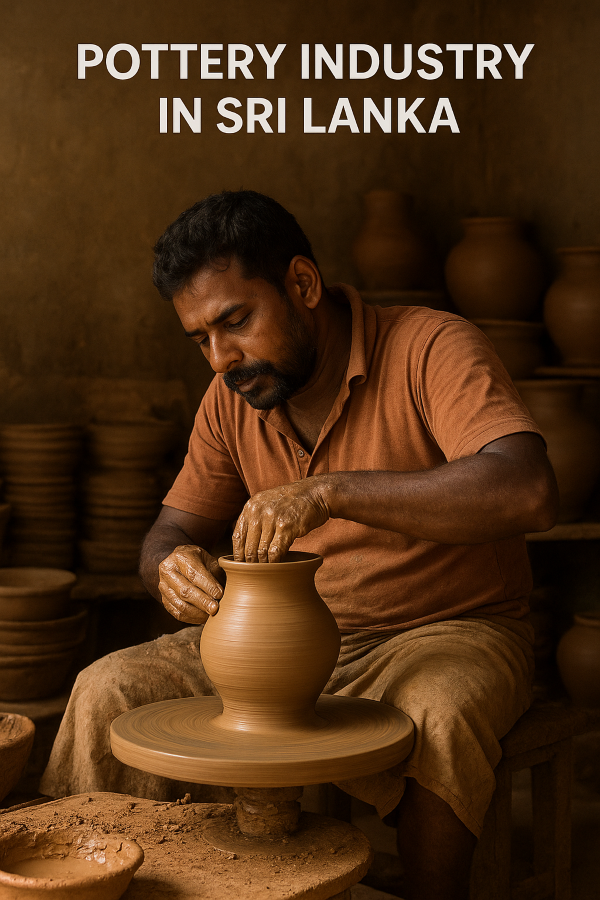“Anglo-Ceylonese”: A Missing Dimension in British Ceylon – By Michael Roberts
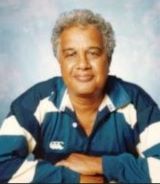
The conquest of the island of Ceilao by the British between 1796 and 1818 was an outcome of their imperial conquests in India and underpinned by their sea power. The presence of their troops and other personnel in British India was so extensive that in time a new ethnic category-cum-group emerged in the localities (usually towns) with British personnel: namely, the Anglo-Indians.[i] By the late 19th century these people of mixed descent spawned by British personnel in India stood as a distinct community of Christians speaking Indian English as their mother-tongue and oriented to both India and the United Kingdom.
Source:thuppahis.com
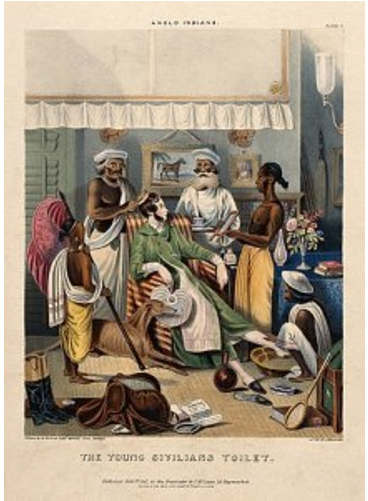
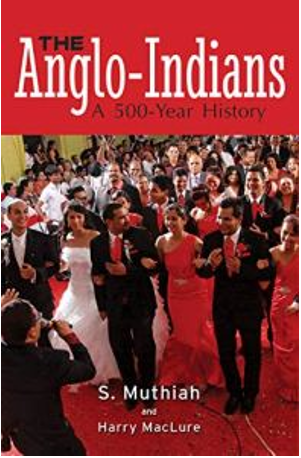
They were sufficiently prominent to be given one reserved seat in the Central Legislative Assembly in Delhi in 1919 and then went on to establish the All-India Anglo-Indian Association in 1926.[ii] Their orientation towards Westernised lifeways was so strong that Anglo-Indians in the southern reaches of India were among those drawn to the music and other consumer services provided by Radio Ceylon in the 20th century. One of these artistes was of Anglo-Indian descent: his name was Chris Greet and he was the son of Henry Martyn Greet[iii] and Ada Paynter (both Anglo-Indians and Salvation Army missionaries).
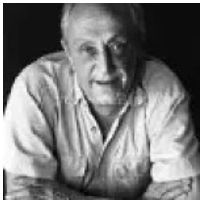
Ada Paynter happened to be the daughter of a renowned Salvation Army missionary in India, AS Paynter, who had married a fellow missionary, one Miss Anagi Weerasuriya, whose father seems to have been in Bombay, but whose family was from the coastal area of Galle/Hikkaduwa.[iv] Unsurprisingly, they extended their missionary endeavours to British Ceylon and their sons attended Trinity College. It was one of their sons, Revd Arnold Paynter, who set up the “Nuwara Eliya Children’s Home” to look after poverty- stricken “Eurasian” children generated in the planting districts of Uva – an enterprise that quickly broadened its reach and then became known to the world as the “Paynter Home.”[v]
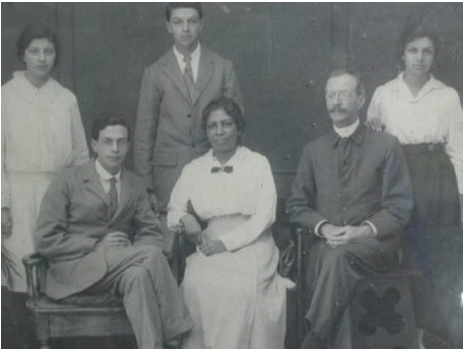
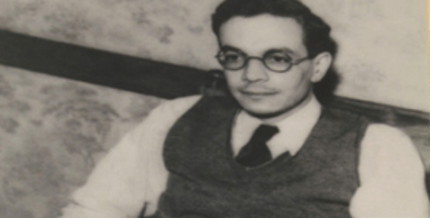
This background raises an intriguing question: how was it that the category “Anglo-Ceylonese” never took firm root in British Ceylon and Sri Lanka. The decisive short answer to this question is that the categories “Burgher” and “Eurasian” throttled the need for any such usage. These two terms, “Burgher” and “Eurasian,” became institutionalised in the census enumerations from 1881 onwards; and, as David Blacker indicated to me, enter birth certificates as well – serving to imprint themselves in our thinking. His set of comments [vi] is revelatory:
“Michael, while the term ‘Eurasian’ may have been used pre-independence, the necessity to have an ethnicity entered into one’s Sri Lankan birth certificate left only limited options after independence. Anyone of Eurasian descent would have been classified as a Burgher. As I understand it, even under the British, the term Burgher meant anyone of non-British but European descent on the paternal side, and not just those of Dutch descent.
The Blackers in Ceylon, for instance, were initially of Irish/English descent (arriving before the British), and later joined by another line of Blackers (seemingly unrelated to the first) who were descended from a Blacker raised in a Madras orphanage for children ‘of European descent’ orphaned by the Indian Mutiny (he was very likely Anglo-Indian). The Blackers have since married into families of Dutch, German, English, and Tamil descent, and are probably Eurasian, technically, but are Burgher, officially.”
The insidious power of the census system is underlined when one considers the first census undertaken by the British administration in Ceylon in 1871, a rough and ready job which permitted all manner of self-definitions and did not box people into bureaucratic definitions. The details within this census operation were made available in the Appendices within the book People Inbetween: The Burghers and the Middle Class in the Transformations within Sri Lanka, 1790s-1960s. produced by Roberts, Colin-Thome & Raheem in 1989. Iranga Silva of the ICES in Kandy has now made this accessible in digital form (see below).
It is a revealing document – even startling. Taking up the self-definitions that are pertinent to our focus here, let me present an interesting statistical table that amalgamates males and females under the collective categories they seem to have utilised.
In Ceylon in Colombo
Burgher ` 5771 2766
Eurasian 3431 1596
Dutch 2256 1193
Portuguese 1229 460
European 639 210
European descendant 203 69
Portuguese descendant 60 25
Indo-Briton 57 44
Note that the 1871 householders schedule requested each person to provide his or her “Nationality or Race,” Relation to head of family; Condition; Sex; Age at last birthday; Profession or Occupation; Where born; Race; Religious Denomination.
In reflecting on these statistics, obviously, we must take note of the island’s place in the seafaring trade crisscrossing the Indian Ocean and the fact that Galle was the main port for passenger ships at that point of time, though the open roadstead of Colombo was also of some significance. Traders and businessmen from the Coromandel, Kerala, Bombay and Gujarati coasts would have added to the cosmopolitan mix of the island’s coastal trading posts.
Nestling with insignificant numerical weight within this table are the categories “Anglo-Indian”, “Anglo-Saxon”, “Anglo-Scotch” and “Anglo-Swiss”. There were, however, 176 persons in the island who defined themselves as “Ceylonese” – with 10 of this lot located in Colombo. This is, arguably, the most politically significant category within this table – marking the influence of liberal political thought and incipient nationalism presented by the Young Ceylon circle associated with James Ambrose Lorenz, George Nell, Charles Ferdinands, Louis Nell and James De Alwis in the early 1850s — a phenomenon that happens to be one of the themes elucidated in People Inbetween. These young men were well read, even brilliant and original in their capacities. They were also inspired by the radical political currents in Europe at that time associated with the Risorgimento and such advocacy groups as Young Italy and Young England.[vii]
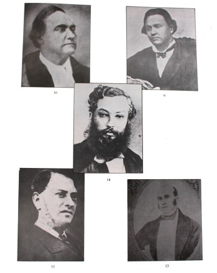
As significantly, no persons defined themselves as “Anglo-Ceylonese” in 1871. Thereafter, once the colonial governmental adopted the categories “Eurasian” and “Burgher” in the decennial censuses mounted periodically from 1881, the openings for that term seem to have been foreclosed.
BIBLIOGRAPHY
James R Maher: These Are the Anglo Indians, London: Simon Wallenberg Press.
Muttiah: Anglo-Indians: 500 Year History, https://www.amazon.com.au/Anglo-indians-500-Year-History-S-Muthiah-ebook/dp/B08KXTKB76
Michael Roberts et al: People Inbetween. The Burghers and the Middle Class in the transformations within Sri Lanka, Ratmalana, Sarvodaya Printers, 1989.
Michael Roberts: “The Nomenclature and Lineaments of White-Brown Cohabitation in British Ceylon: A Puzzle,” 16 October 2021, https://thuppahis.com/2021/10/17/the-nomenclature-and-lineaments-of-white-brown-cohabitation-in-british-ceylon-a-puzzle/
Thuppahi 2021 “Revelations: Nationalities in the 1871 Census of British Ceylon,” 1 November 2021, https://thuppahis.com/2021/11/19/revelations-nationalities-in-the-1871-census-of-british-ceylon/
David Paynter: Consummate Painter, A Ceylonese and A Trinitian
END NOTES
1 Wikipedia notes that there are circa 200,000 in Bangladesh today; while India has about 125-150,000 and the UK 86,000; while Canada, Australia and USA have around 20,000 of Anglo-Indian descent — https://en.wikipedia.org/wiki/Anglo-Indian.
2 The All India Anglo-Indian Association, founded in 1926, has long represented the interests of this ethnic group; it holds that Anglo-Indians are unique in that they are Christians, speak [Indian English|English]] as their mother tongue, and have a historical link to both Europe and India.
[3] Henry Martyn Greet was born in Meerut in 1902 (see ..
[4] See https://icmchurch.webs.com/thefounderthebeginning.htm
[5] See http://www.paynterhome.com/
[6] An Email memo in November 2021.
[7] See Roberts et al People Inbetween, 1989, pp. 59-67, 70-79, 109-10, 114, 135, 152-65, 172-73, 178-79.



